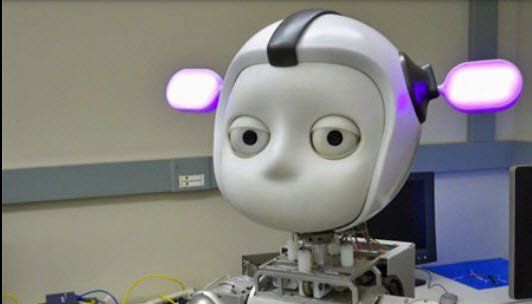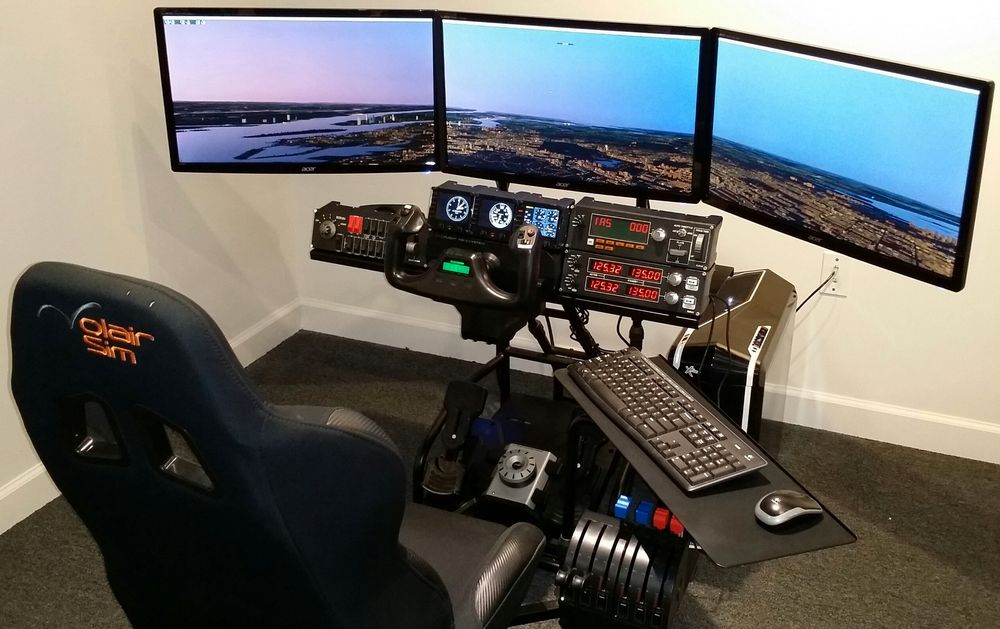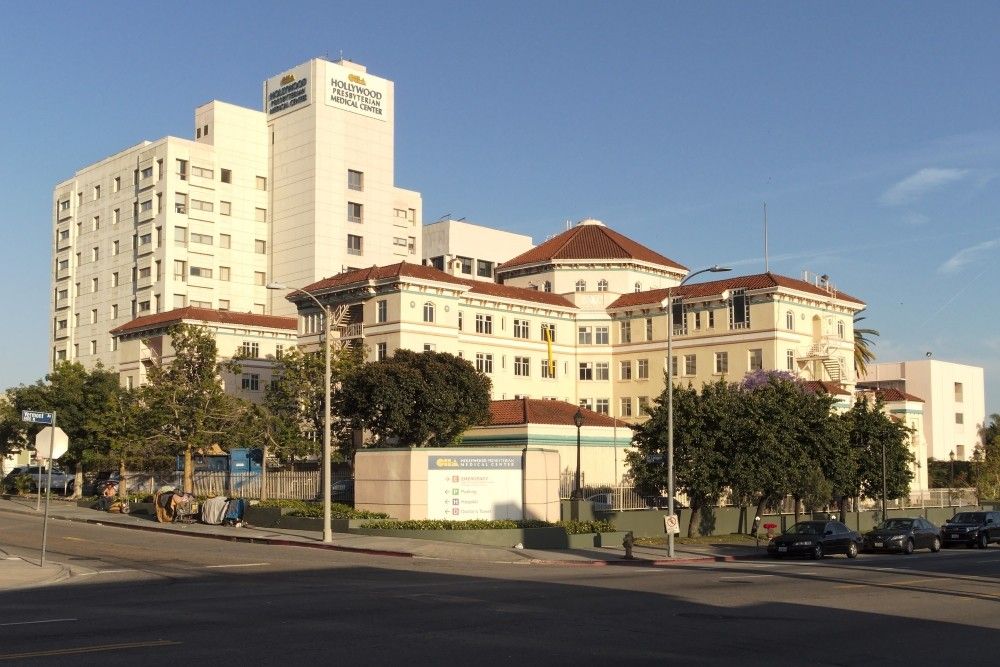In professional cycling, it’s well known that a pack of 40 or 50 riders can ride faster and more efficiently than a single rider or small group. As such, you’ll often see cycling teams with different goals in a race work together to chase down a breakaway before the finish line.
This analogy is one way to think about collaborative multi-agent intelligent systems, which are poised to change the technology landscape for individuals, businesses, and governments, says Dr. Mehdi Dastani, a computer scientist at Utrecht University. The proliferation of these multi-agent systems could lead to significant systemic changes across society in the next decade.

Image credit: ResearchGate
“Multi-agent systems are basically a kind of distributed system with sets of software. A set can be very large. They are autonomous, they make their own decisions, they can perceive their environment, “Dastani said. “They can perceive other agents and they can communicate, collaborate or compete to get certain resources. A multi-agent system can be conceived as a set of individual softwares that interact.”
Continue reading “The Many Uses of Multi-Agent Intelligent Systems” »
















